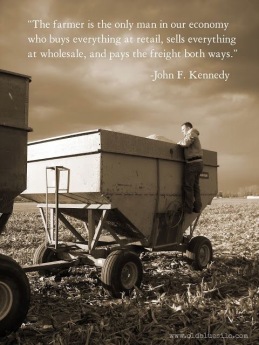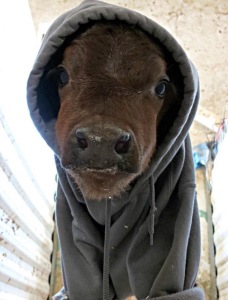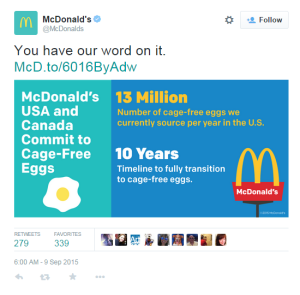For years the agriculture sector has adapted to a changing market, and Colorado State University released data with a high demand for qualified college graduates with agriculture degrees.
Less than two percent, 4.6 million, of Americans live and work on farms, but the agriculture sector employs 22 million for the producing, processing, and trading of food and fiber in the U.S., according to a North Carolina State University study.
At the same time, Purdue University and the USDA project the market will add 60,000 new ag jobs every year for the next five years.
For college students pursuing degrees in agriculture and its associated areas, the job market holds promise for positions after graduation.
The USDA projected close to two open positions for every qualified graduate within the next year.
With the changing agriculture sector, degrees in agriculture have become more diverse as well. Students like Colorado State senior Aubriel Jones is majoring in agriculture literacy and minoring in both global and environmental sustainability and agricultural and resource economics.
When people asks, however, Jones typically avoids the specific titles and simply says “agriculture.”
“They say, ‘Oh you’re learning about corn right? Or you’re learning about how cows eat?’ Things like that,” Jones said.
A large number of people outside agriculture don’t recognize the reaches of the agriculture market and see it as its most basics parts like crops and livestock.
Many modern agricultural students, like Jones, don’t even come from farming or agriculture backgrounds, but recognize the importance and vastness of the agriculture market and sector.
“You have 1 percent of your population feeding the other 99 percent,” Kevin Pond head of Colorado State University’s animal science department said.
Over the next few years, demand for qualified agriculturists will go up to fill agricultural, both direct and indirect, careers, and salaries will reflect the demand raise, Pond said.
Agriculture can no longer be depicted as merely cows and plows. The advancing market and world culture means new age agriculturalist and recognition of their importance.





